Creating the Ultimate Digital Playground: The Metaverse and Its Possibilities
The metaverse is a term used to describe a hypothetical future iteration of the internet, in which virtual and augmented reality technologies are used to create a fully immersive online experience. Here are several academic definitions and explanations of the term "metaverse".
According to a paper by Edward Castronova published in the Journal of Virtual Worlds Research, the metaverse is "a fully-realized and immersive collective virtual shared space, created by the convergence of virtual worlds and virtual reality."
In their
book "The Metaverse Roadmap," authors Jerry Paffendorf and Bruce
Damer describe the metaverse as "a convergence of physical and virtual
reality in a shared online space."
A paper by
Ronald Azuma and others in the journal Computer Graphics and Applications
defines the metaverse as "a network of virtual worlds that are all
interconnected and that can be accessed and experienced through a single
interface."
Overall, in the metaverse, users would be able to interact with each other in a shared virtual space and engage in a variety of activities such as gaming, socializing, and conducting business.
While the concept of the metaverse has been around for decades, recent advancements in virtual reality technology have made it more feasible than ever before. Some of the major players in the metaverse space are:
Facebook
(Meta):
In October
2021, Facebook (now Meta) is evident in its new tagline, "Connecting the
Metaverse," and its plans to invest heavily in developing virtual and
augmented reality technologies. Facebook is already a major player in the
virtual reality market with its Oculus VR platform, and with the launch of
Horizon Workrooms, the company's first virtual reality collaboration platform,
it's clear that they have big ambitions for the metaverse.
Epic Games:
Epic Games
is the developer behind Fortnite, one of the most popular video games in the
world. The company has a strong focus on creating immersive, interactive
experiences, and has been working on developing its own metaverse platform,
called the "Epic Universe." The company has already invested $1
billion in the project, which it hopes will offer a seamless and interconnected
virtual world for players to explore.
Roblox:
Roblox is a
gaming platform that allows users to create and play their own games within a
virtual world. The platform has become incredibly popular with younger
audiences, and has more than 150 million active users. Roblox has been
expanding its focus beyond gaming, however, and has plans to create a metaverse
platform that will offer a wide range of virtual experiences and social
interactions.
Decentraland:
Decentraland
is a blockchain-based virtual world that allows users to create, experience,
and monetize their own virtual experiences. The platform is built on the
Ethereum blockchain, and allows users to buy and sell virtual land, as well as
create and participate in a wide range of virtual experiences.
Second
Life:
Second Life
is one of the oldest virtual worlds, and has been around since 2003. The
platform allows users to create their own avatars, interact with other users,
and participate in a wide range of virtual experiences. Although Second Life
has declined in popularity in recent years, it remains an important player in
the metaverse space.
These are
just a few of the major players in the metaverse space. As the concept of the
metaverse continues to evolve, it's likely that we'll see new companies emerge
and existing companies pivot to take advantage of the opportunities presented
by this new technology.
What Can The Metaverse Do?
One of the key features of the metaverse is its potential for creating new forms of social interaction. In a world where more and more people are working remotely and spending time online, the metaverse offers a way to bridge the gap between physical and virtual socialization.
Here are
some examples:
Virtual
events: The metaverse could be used to host virtual events such as concerts,
conferences, and festivals. These events could be attended by people from all
over the world, without the need for physical travel. Users could interact with
each other in real-time, attend virtual panels and talks, and enjoy immersive
performances.
Virtual hangouts: The metaverse could also be used as a social platform for people to hang out and interact with each other. Users could create virtual avatars and meet up with friends in virtual spaces, such as virtual bars, cafes, and parks. They could participate in games and activities together, watch movies, or simply chat and catch up.
Virtual
education: The metaverse could also be used for virtual education, where
students and teachers could interact in a shared virtual space. This could be
particularly useful for remote learning or for people who live in remote areas
with limited access to educational resources.
Another important aspect of the metaverse is its potential for commerce. In a virtual world where anything is possible, businesses could create new and innovative ways to connect with customers, whether through virtual storefronts, product demonstrations, or immersive experiences. For consumers, the metaverse could offer a new and exciting way to shop and discover products, with the added benefit of being able to try things out in a virtual environment before making a purchase.
Here are
some examples:
Virtual
storefronts: Businesses could create virtual storefronts in the metaverse,
where users could browse and purchase products in a virtual environment. These
virtual storefronts could offer a more immersive and engaging shopping
experience than traditional online stores, with the added benefit of being able
to see and interact with products in a virtual environment.
Virtual
advertising: The metaverse could also be used for virtual advertising, where
businesses could create immersive and engaging ad campaigns in a virtual
environment. For example, a clothing brand could create a virtual fashion show,
where users could see models wearing their clothes in a virtual environment.
Challenges
While the
metaverse holds tremendous promise as a new frontier for social interaction,
entertainment, and commerce, it's not without its challenges. Creating a
seamless, interconnected virtual world that can support a large number of users
and virtual experiences requires the integration of a wide range of technologies
and the resolution of a number of complex technical, social, and economic
challenges.
Here's an
overview of some of the challenges facing the development of the metaverse:
Technical
challenges:
Creating a
seamless, interconnected virtual world is a complex technical challenge that
requires the integration of a wide range of technologies, including virtual
reality, augmented reality, artificial intelligence, blockchain, and more.
Building these technologies into a cohesive system that can support a large
number of users and virtual experiences is a significant challenge.
Privacy and security:
The
metaverse will likely collect and store a vast amount of personal data,
including information about users' virtual identities, their virtual
interactions, and their purchases within the virtual world. Protecting this
data from theft or misuse will be a major challenge, as will ensuring that
users have control over how their data is used and shared.
Interoperability:
The success
of the metaverse will depend on its ability to integrate seamlessly with other
virtual worlds and platforms. Achieving interoperability between different
virtual worlds, however, will require the development of common standards and
protocols, as well as cooperation and collaboration between different companies
and developers.
Monetization:
Creating a
profitable business model for the metaverse will be a major challenge. The
metaverse will likely require significant investment in infrastructure, content
creation, and marketing, but it's not yet clear how revenue will be generated.
Possible revenue streams include virtual real estate sales, virtual item sales,
and subscription fees, but it's not yet clear which models will be most
effective.
Social
challenges:
The
metaverse will provide a new space for social interaction and collaboration,
but it will also create new challenges related to online behavior and
moderation. Ensuring that the metaverse is a safe and welcoming space for all
users will require careful planning and proactive measures to prevent
harassment, hate speech, and other negative behaviors.
These are just a few of the challenges facing the development of the metaverse. Despite these challenges, however, the potential benefits of the metaverse are significant, and many companies and developers are investing heavily in its development. As the metaverse continues to evolve, it's likely that we'll see new solutions emerge to address these challenges and help make the metaverse a reality. By doing so, we can unlock the full potential of this exciting new technology and create a better future for everyone.
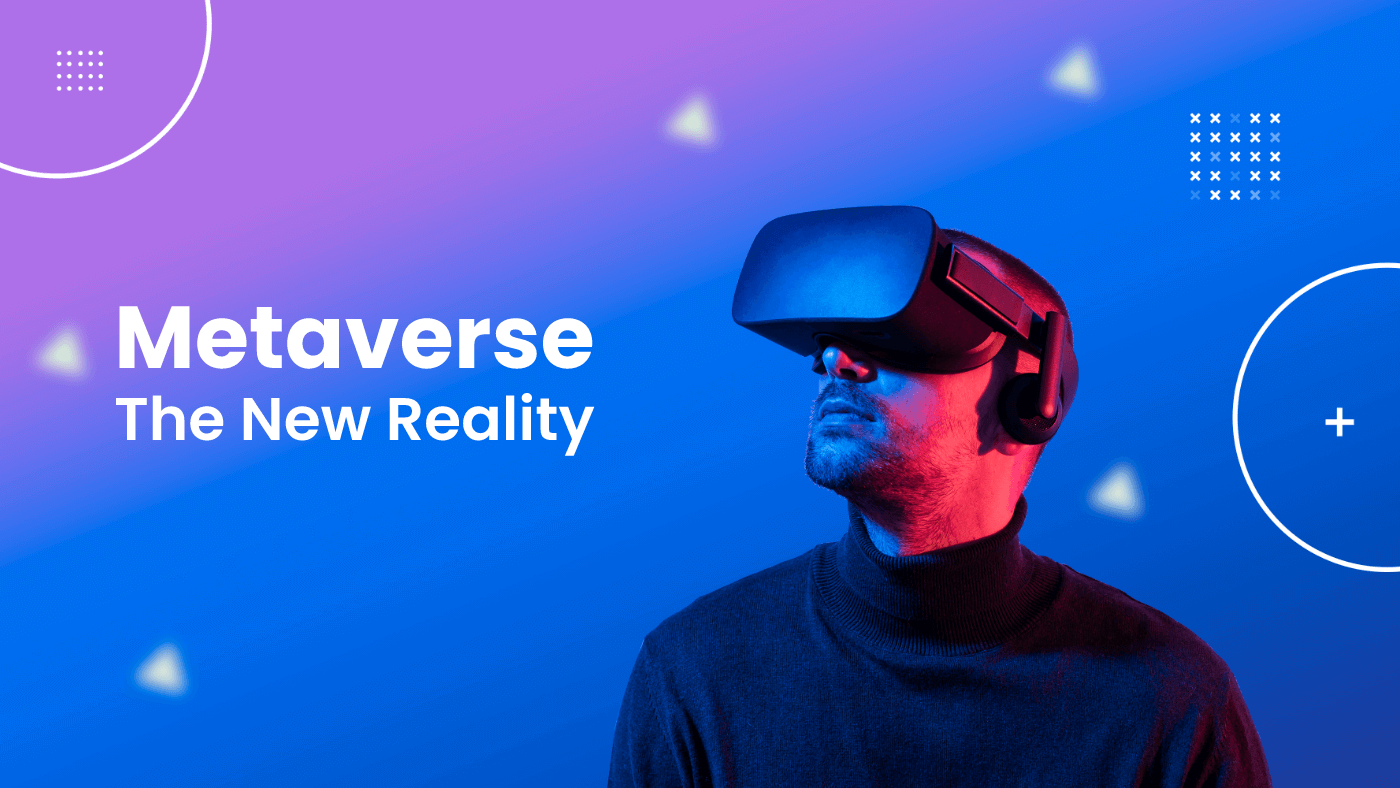
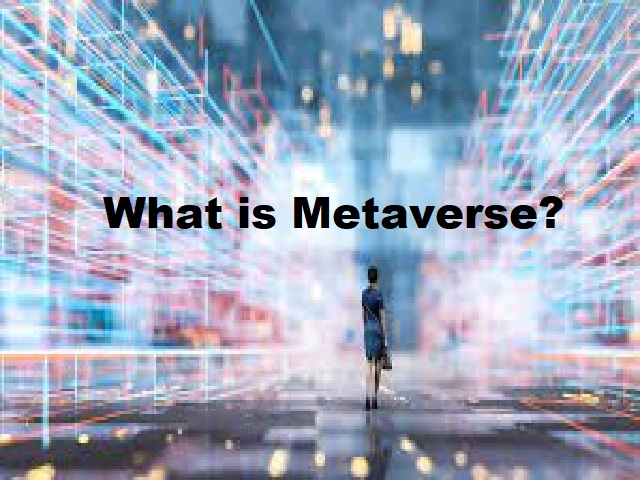

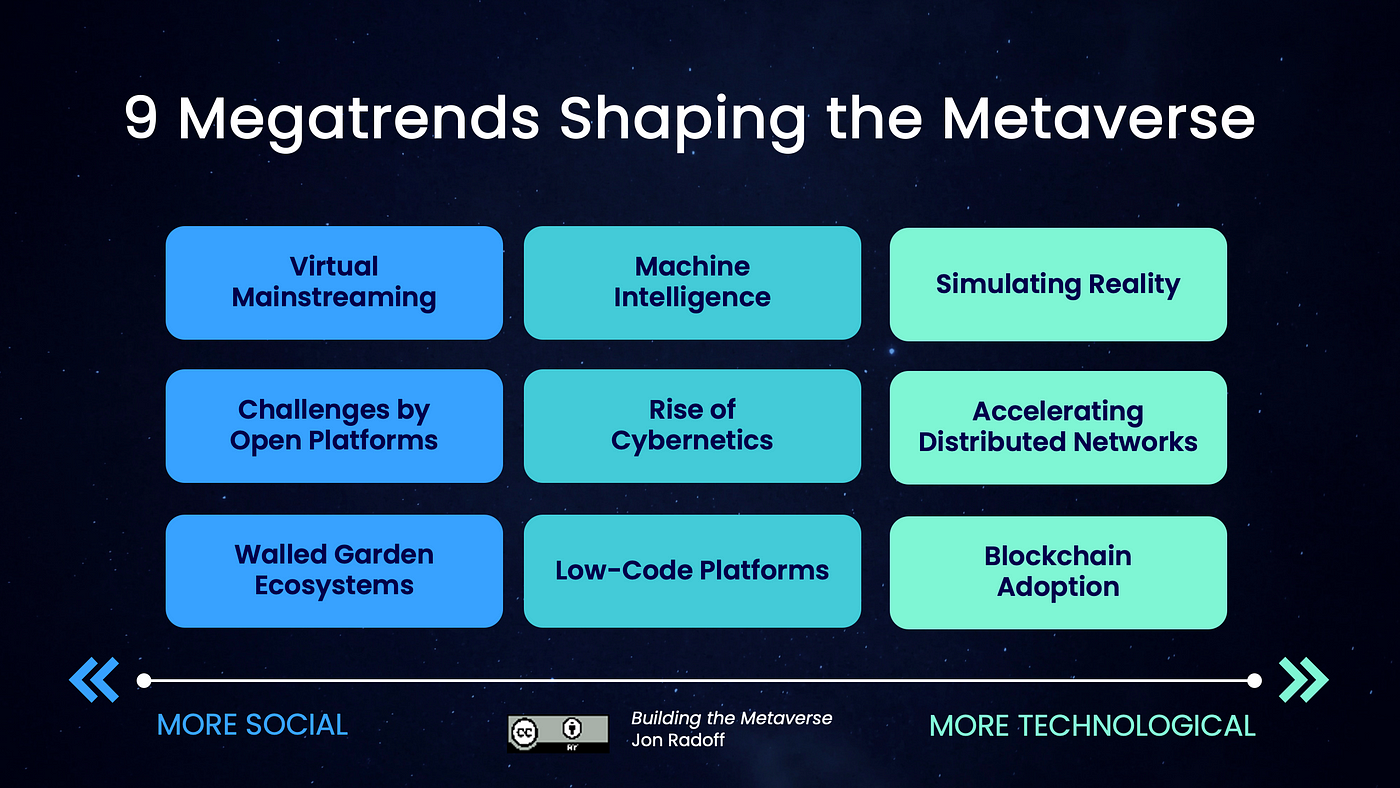
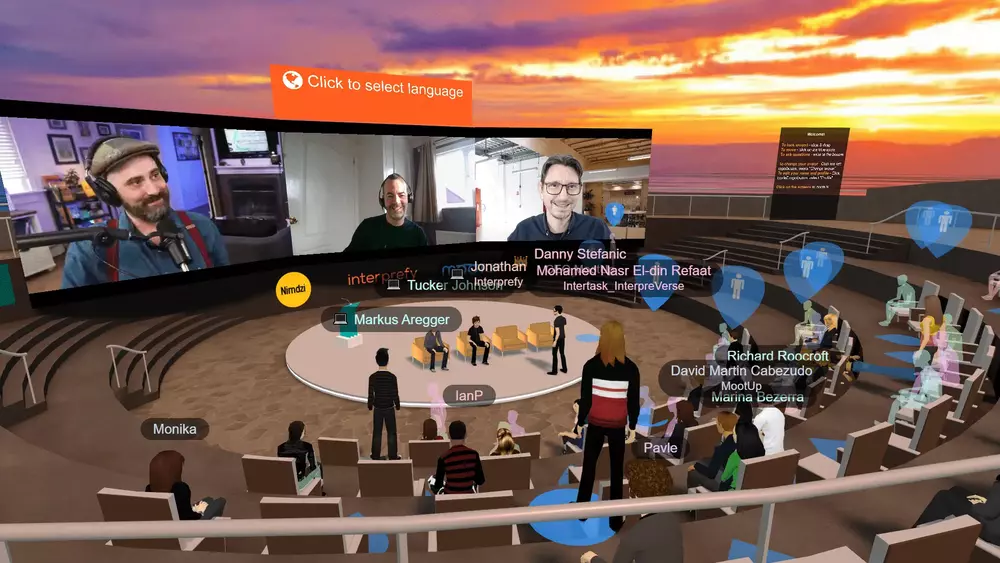







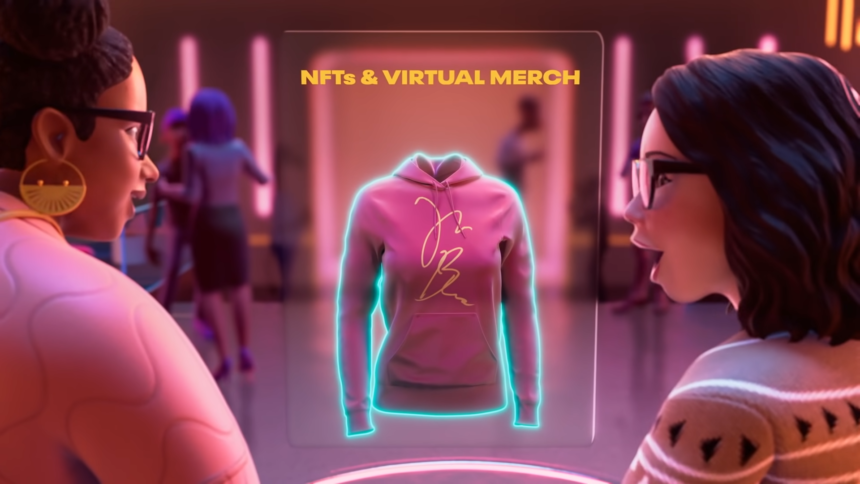

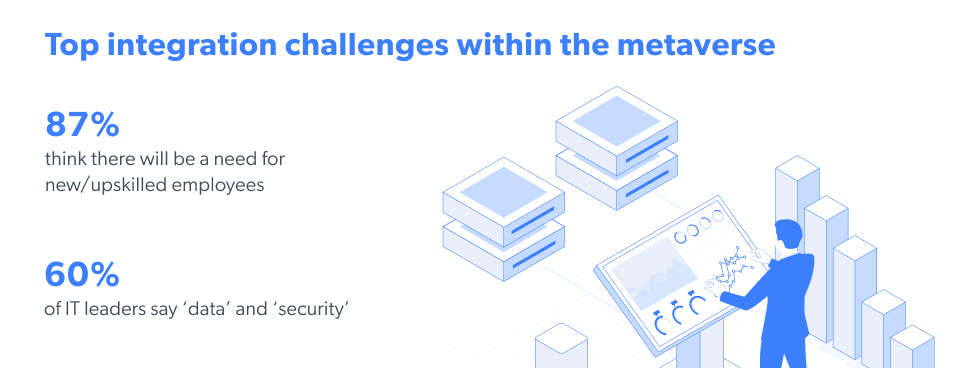


Comments
Post a Comment